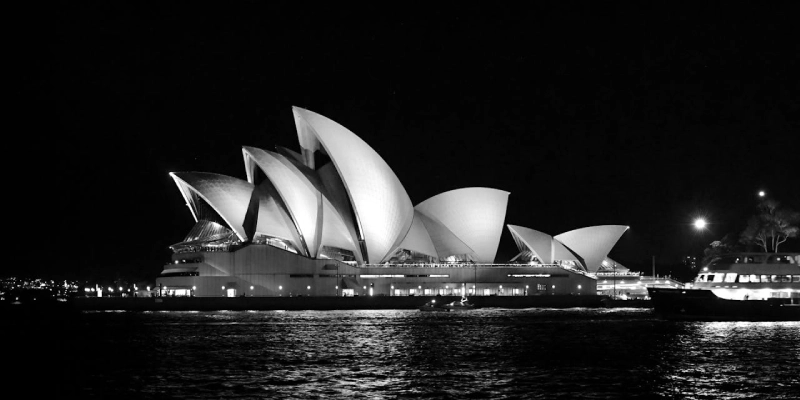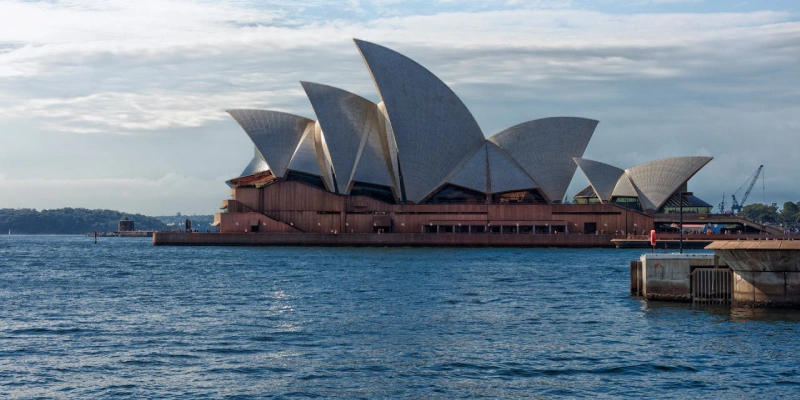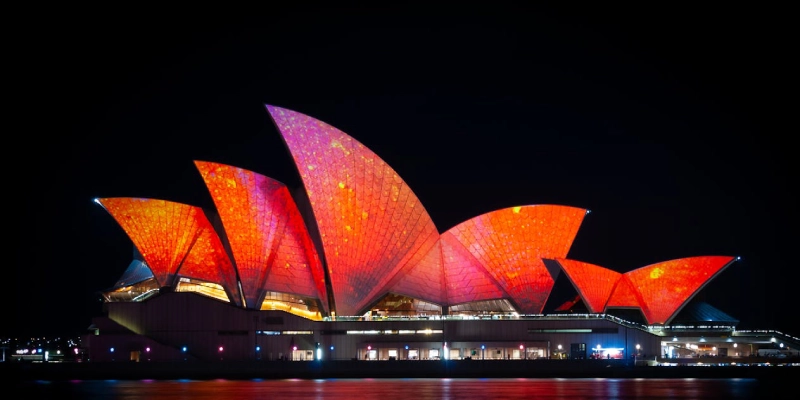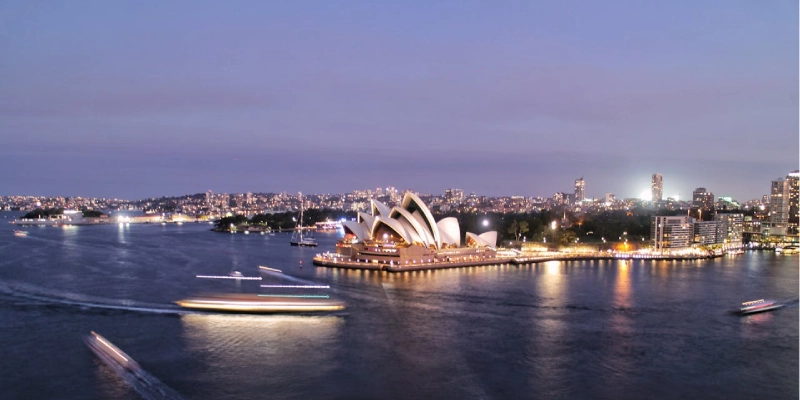The Sydney Opera House: An Architectural Masterpiece and Cultural Icon
The Sydney Opera House, a globally recognized architectural wonder, stands majestically on Bennelong Point in Sydney Harbour. This iconic structure, known for its distinctive sail-shaped roofs, is a masterpiece of 20th-century architecture and a major performing arts center. Attracting millions of visitors each year, the Opera House is a symbol of Australian creativity and innovation, making it a must-see landmark for anyone visiting Sydney.
The concept for the Sydney Opera House originated in the late 1940s when Eugene Goossens, the director of the New South Wales State Conservatorium of Music, advocated for a suitable venue for large theatrical productions. In 1957, Jørn Utzon, a Danish architect, won an international competition with his groundbreaking design, which featured soaring, shell-like roofs.
Construction began in 1959 and was fraught with engineering challenges and political controversies. The unique roof design required innovative engineering solutions, and the project took 14 years to complete, officially opening in 1973. The Opera House consists of multiple performance venues, including the Concert Hall, Opera Theatre, Drama Theatre, and Playhouse. Its exterior is clad in over 1 million Swedish ceramic tiles, creating a stunning, shimmering effect. The building's design has made it an architectural icon, symbolizing modernism and artistic expression.
- Doric Columns: The twelve columns provide a majestic and symmetrical facade.
- Quadriga: The chariot sculpture atop the gate, symbolizing victory and peace.
- Sandstone Construction: The durable material has withstood centuries of history.
- Passageways: The five passageways, with the central one historically reserved for royalty.
- Guided Tours: Exploring the building’s architecture and history.
- Performances: Attending world-class opera, ballet, theater, and musical events.
- Photography: Capturing the iconic exterior and harbour views.
- Dining: Enjoying meals at the Opera Bar or Bennelong Restaurant with stunning views.
- The roof shells were designed using advanced computer technology for the time.
- Jørn Utzon resigned from the project in 1966 due to political disputes.
- The Opera House was officially opened by Queen Elizabeth II in 1973.
- It was designated a UNESCO World Heritage Site in 2007.
- The building’s design has been featured in countless films, advertisements, and artworks.
- Tourism: Hotels, restaurants, and souvenir shops benefit from its popularity.
- Employment: Performers, staff, and tour guides are employed due to its significance.
- Cultural Events: Festivals and performances at the Opera House boost local businesses.
- Ongoing Restoration: Ensuring the building’s structure and tiles remain intact.
- Enhanced Visitor Experience: Improving accessibility and information for tourists.
- Cultural Preservation: Maintaining the Opera House’s significance as a cultural landmark.



